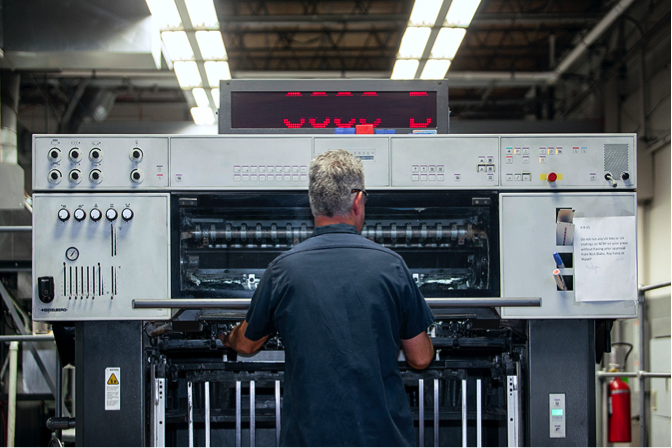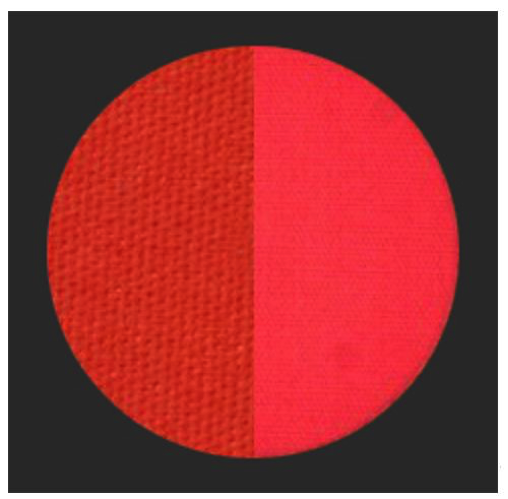Dans un monde parfait, vous devriez pouvoir mettre de l'encre dans la presse, exécuter un travail et obtenir une couleur uniforme. Malheureusement, chaque année, les opérations d'impression en flexographie et en héliogravure gaspillent de l'encre, des substrats et du temps à essayer d'obtenir la bonne couleur. Bien que les progrès de la technologie aient facilité l'obtention des bonnes couleurs, les variables qui affectent la couleur existent tou...
L’apparence de la surface peut modifier votre perception de la couleur. Pensez à un magazine sur papier glacé. Si la lumière est dirigée directement sur la page, vous devrez peut-être l’incliner et changer l’angle de réflexion pour voir clairement les couleurs. De même, une surface texturée peut être perçue comme étant d’une couleur différente de celle d’une surface lisse du même objet. Les spectrophotomètres déterminent les valeurs spectrales d’une couleur en projetant de la lumière sur la s...
Le COVID-19 a freiné l’activité de nombreux secteurs, y compris celui du textile. Les interdictions de voyager et les confinements obligent les grandes chaînes d’approvisionnement interconnectées à revoir leur mode de fonctionnement. Mais les marques qui cherchaient déjà de nouveaux moyens d’obtenir des couleurs précises et d’accélérer la mise sur le marché peuvent y trouver une opportunité...
Reflective surfaces and metallic inks are very popular for printing and packaging applications. Consumers love the look; but for printers, these substrates and inks are expensive and make color control a challenge. Today we’re taking a look at the measurement options available for controlling these very marketable print and packaging applications to help printers and converters meet brand owner expectations and maintain the highest possible quality output. Sphere vs. 45°:0° - ...
The two most common spectrophotometers are the 0:45 and the sphere (aka diffuse/8°). We get a lot of questions about which is the best choice. Here’s the difference in how these two devices measure color, and guidelines for when to use each. 0:45 In a “fixed geometry” or “single angle” device, the first number is the starting point of the light, and the second number is where the light ends up after the reflection off the surface of the sample. In a 0:45 ...
Have you ever sent out a job that passed your inspection, only to have the customer reject it for out-of-tolerance color? You recheck the data and the instrument says the color passed the agreed tolerance… why is the customer saying it doesn’t? We get a LOT of these conflicting measurement calls in technical support. The solution is simple – document a color control program that clearly defines how to assess color, then make sure everyone (including your customer) follow...
No matter what you’re manufacturing, taking spectral measurements will help ensure your color remains accurate and consistent throughout your production run. When choosing the best spectro for your needs, your first consideration should be the type of surface you’ll be measuring. Measuring reflective surfaces poses a challenge because the effect of gloss can actually change the color appearance of a sample. The surface reflection of light is what causes the gloss effec...








